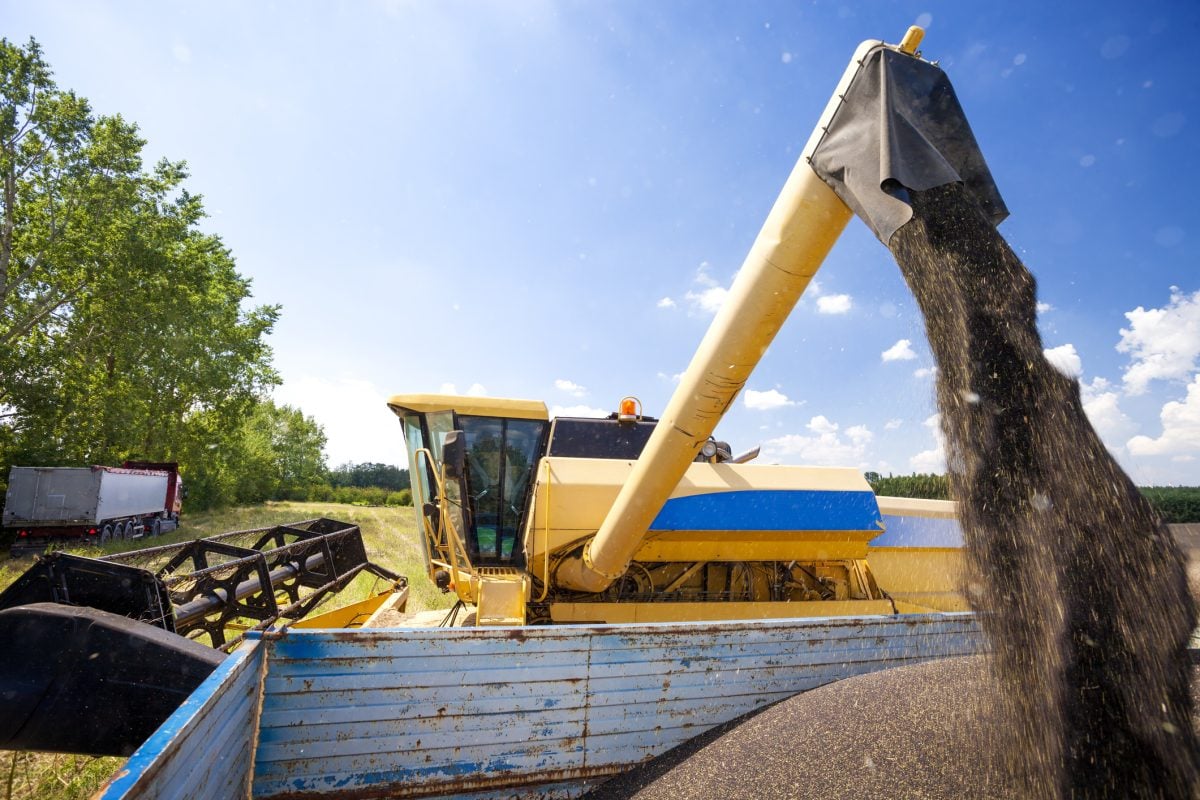WINNIPEG — The recent milder weather seen in Western Canada was unfavourable for winter wheat crops, and has left the crops more vulnerable to winterkill.
“The major impact is that it melted some of the snow cover that the winter wheat had, and in a lot of cases now, some of those fields are bare,” said Bruce Burnett, crop and weather specialist with CWB.
Burnett said the warmer weather wouldn’t have brought any crops out of dormancy, which is good. The lack of snow cover hasn’t been problematic yet, but could cause issues down the road.
Read Also

More canola among AAFC’s 2025/26 projections
Agriculture and Agri-Food Canada made several upward adjustments to its supply and demand estimates, after including the data from the Statistics Canada production update earlier this month.
“With the kind of temperatures we’ve had so far this week, it’s not really a big issue,” he said.
“But, certainly before the next big cold snap that we have, we’re going to need to see some more snowfall and get the wheat protected again.”
Environment Canada is calling for a 40 percent chance of snow in southern Manitoba Dec. 19 and 30 per cent chance of snow in Alberta and Saskatchewan Dec. 17. If there’s enough snow, the crops should be safe.
“We don’t need that much snow; just a couple of inches over the tops of the fields are usually adequate as long as it’s distributed evenly over the fields,” Burnett added. “But, the more snow the better is usually the case with the winter wheat.”
The recent warmer weather may have also caused icing in some regions, which could cause some mechanical damage, he noted. But, because many areas had fairly dry soil conditions this fall, the damage could have been worse.
“In most cases, the soils were quite dry, so the water would’ve been absorbed into the soil where temperatures were warm enough, so I wouldn’t expect that as much as in a year when we had a very wet fall,” Burnett said.
“But, there will be some areas out in western Manitoba, eastern Saskatchewan, some of those areas where the soils were maybe a bit wetter; we could see some damage from the icing.”
It will be a wait and see situation to see how much impact the milder weather had on the crops, but it could be significant if winterkill levels are higher than normal.
“Because the area is so low, if we have higher than normal levels of winterkill, then that would bring down the winter wheat production quite significantly,” Burnett said.
Statistics Canada said 1.36 million acres of winter wheat were planted in the fall of 2014, with 665,000 acres in Manitoba, Alberta and Saskatchewan. That’s down from the 2.03 million acres planted in the fall of 2013 across Canada, with 1.13 million in Western Canada.
















